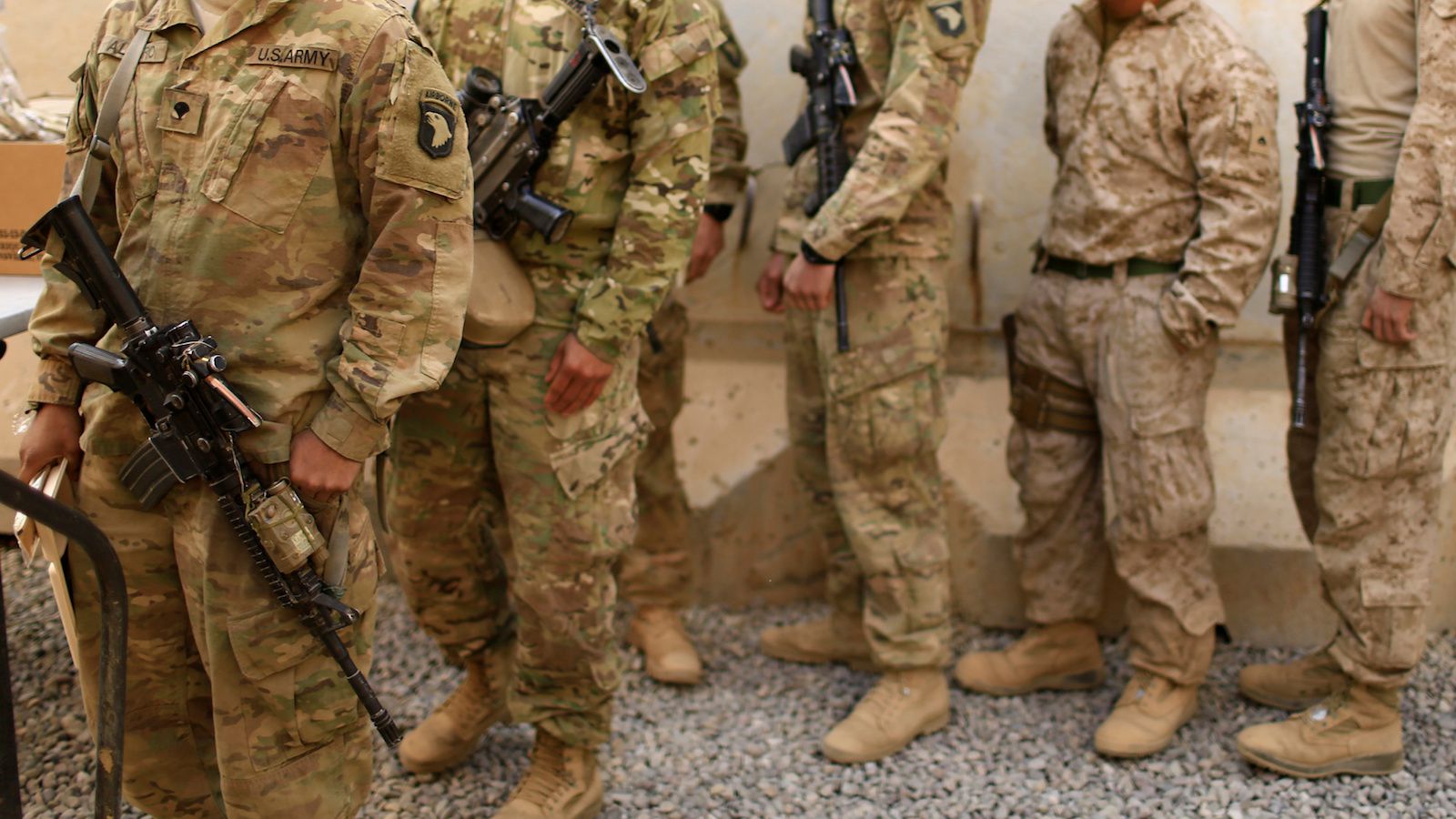Trump can’t stop trans people from joining the military, but his ban will increase suicides
President Donald Trump announced via a series of tweets on Wednesday (Jul. 26) that the US will ban transgender soldiers from serving in the military, citing “tremendous medical costs.” Doing so would reverse the Obama administration’s decision in 2016 to allow trans soldiers to serve openly without fear of being discharged, as well as access to basic medical care, include hormone treatment and surgery.


President Donald Trump announced via a series of tweets on Wednesday (Jul. 26) that the US will ban transgender soldiers from serving in the military, citing “tremendous medical costs.” Doing so would reverse the Obama administration’s decision in 2016 to allow trans soldiers to serve openly without fear of being discharged, as well as access to basic medical care, include hormone treatment and surgery.
A true “ban,” here, is an impossibility. Given that trans and gender-variant people have existed around the world since the dawn of time, we can’t actually be kept from any public sphere. What can be legislated is our access to health care, and our equal protection under the law.
For many trans people, especially those of us who are not on hormones or who have not had any surgeries, our trans status can be hidden from the institutions that try to “ban” us. In fact, trans people have served in the US military throughout the previous ban, and are actually over-represented relative to the rest of the population. Estimates by the National Center for Transgender Equality estimate that trans veterans make up 20% of all trans adults.
It is of course possible to enter the military as a trans person, not receive any trans-related medical care, and leave as a trans person. But even for those who do seek hormones or medical treatment, the independent think tank the Palm Center places the cost of caring for this relatively small segment of US troops (estimates of active duty trans soldiers vary, but the Palm Center put the number near 13,000 last year, according to the Washington Post) at $5.6 million a year, or one-hundredth of 1% of the US military’s health care budget.
To serve, trans soldiers historically have been forced to delay their transitions and serve in the sex they were assigned at birth, or to rely on supervisors willing to look the other way as they undergo hormone treatment, which has often backfired.
US Army staff sergeant Shane Ortega, a trans man, served 11 years and three combat tours in the armed forces, including two before he transitioned medically. Despite his celebrated career and profile as an out trans soldier, when he was invited to meet with top brass to discuss trans policies last year, he was told at one point that he would be required to wear a female uniform.
Delaying transition, or being forced to present as the wrong gender, increases the risk of suicide for many trans people. A survey of 6,500 participants by the National Gay and Lesbian Task Force and the National Center for Transgender Equality found that 41% of trans respondents (PDF) have attempted suicide, compared to 1.6% of the general population. The rate of suicide-related events among trans vets is 20 times the rate of the rest of the veteran population, according to a 2013 study into the Veterans Health Administration system.
This new-old ban won’t rid the military of trans soldiers—history confirms that. As in the wider world, trans people will continue to exist, and we will go to restrooms, locker rooms, and schools. We will even risk our lives for the country that tries to legislate us out of existence. The policy will, however, add to a climate that encourages us to erase ourselves.
“I felt that the American freedoms I was fortunate to be born into, were not to be met with a sense of entitlement,” Sergeant Ortega told the New York Times. ”I honor my privilege by serving and giving back to our nation and its people the best I can. That means protecting our freedoms and working on national human rights issues for LGBT people. We are our nation.”